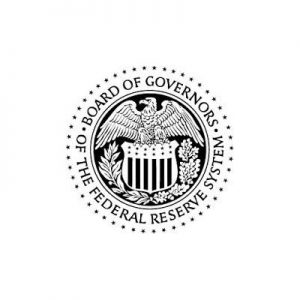Most people would agree that the Federal Reserve has become a leading proponent of supporting asset prices. This “risk-on” approach has protected investors against a brewing trade war with China as well as threatened tariffs against Mexico. It is also highly interventionist. While there is a precedent for this behavior, the Powell Put may not be in economy’s best interest.
![]() This content requires a Finadium subscription. Articles with an unlocked symbol can be accessed with free registration. Log in or create a free account by signing up here..
This content requires a Finadium subscription. Articles with an unlocked symbol can be accessed with free registration. Log in or create a free account by signing up here..



1 Comment. Leave new
From the moment I heard it, I have been uncomfortable with Chairman Powell’s comment; that the Federal Reserve “will act as appropriate to sustain the expansion, with a strong labor market and inflation near our symmetric 2 percent objective.” The Fed has never defined its mission in terms of economic expansion. It has always stuck to the two often opposing objectives; managing the objectives of full employment and modest inflation. While ensuring that the US economy continues to expand may seem to go hand in hand with these objectives, this statement comes off as a nod to the President that the Fed will support him in his efforts to ramp up the US economy. This statement seems even more inappropriate in the run up to a presidential election. Maybe Powell simply misspoke. It wouldn’t be the first time. But, it is a worrying addition to the Fed’s definition of its mission.
I would go a bit further in questioning the Fed’s ‘mission.’ On its website, the Fed explicitly states that it is to strive to foster “full employment”. As near as I can tell, this phrase stems from the Humphrey Hawkins Full Employment Act of 1978 which tasked the Federal Government with among other economic goals working towards sustaining full employment. What troubles me is that the Fed does not qualify its objective of working towards full employment as being a task it is to undertake along with the Executive and Legislative branches of the US government. (In fact, the Act requires the Fed to establish policies to support long term growth, minimize inflation and promote price stability. It does not explicitly instruct the Fed to work towards full employment.) This gives the false impression that this is exclusively the Fed’s responsibility and in effect absolves the Congress and the President from taking any responsibility for this objective. I will also opine that this is a role that Alan Greenspan seemed to constantly re-enforce in Congressional testimony. Economic expansion and full employment are objectives far more dependent on legislative and executive action that the management of short term interest rates.
I will leave the other objectives of Humphrey Hawkins-the goals of balancing the federal budget and maintaining a balance of trade for another day.